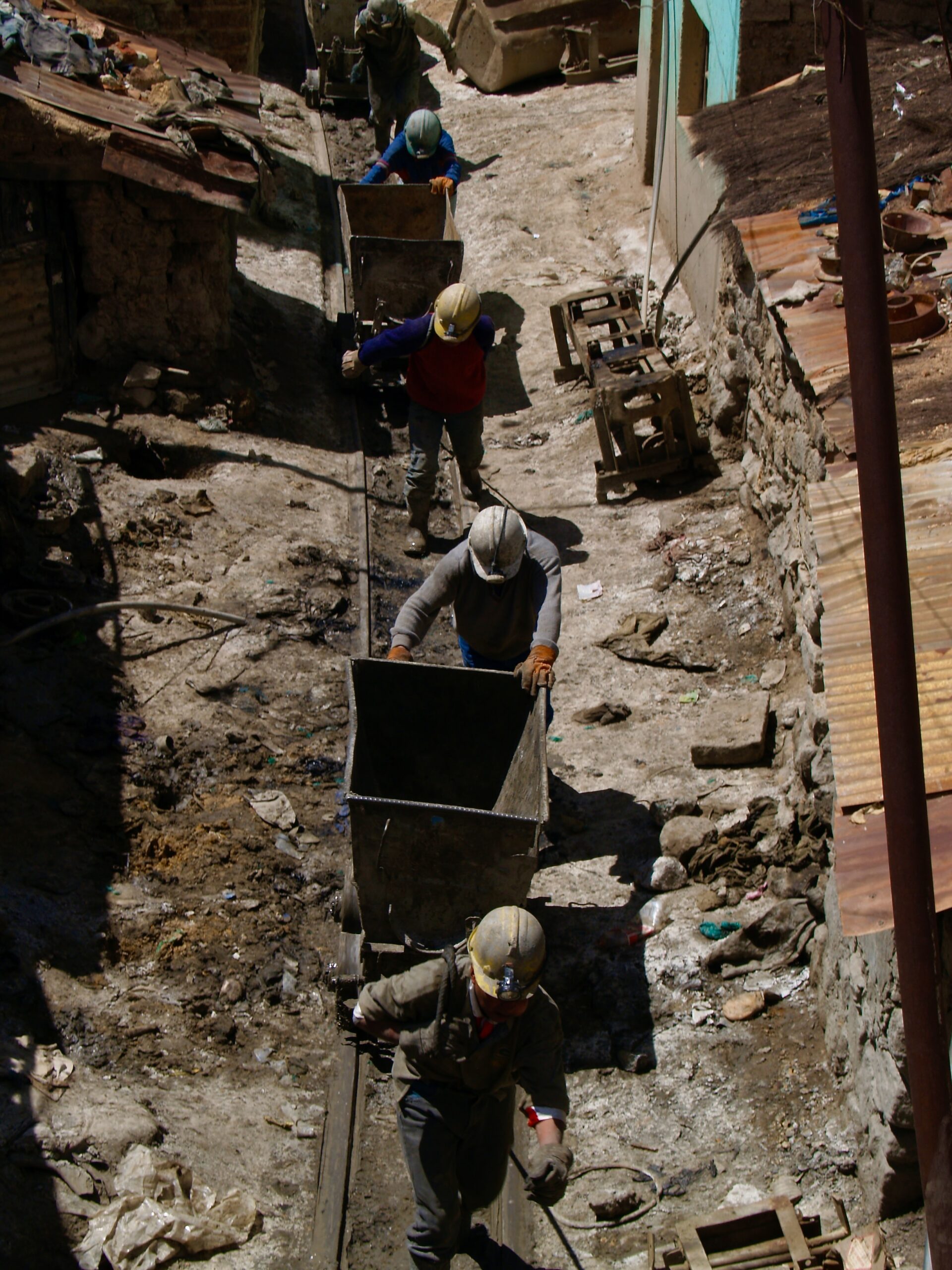With the Ethereum merge to proof of stake coming any day now, there has been an immense debate on whether the merge will succeed or not. One thing traders have noticed is the rally for proof of work coins like Ethereum Classic, Ergo, Flux and others. When Ethereum first announced the exact date, coins like these soared up in price because traders were contemplating in advanced where the majority of the miners on ETH would migrate to. Ethereum Classic was the first proof of work coin in mind because it’s directly tied to ETH of course, but there were coins like Ergo, related to Cardano (ADA), that even went up in price. Ergo has tripled its price since the ETH update just because it’s a solid proof of work option, furthermore with the news of ADA’s huge Vasil upgrade coming later this month adding bullish momentum to Ergo. The ADA update was strategically planned right after ETH’s upgrade in order to have investors flock to ADA if ETH’s merge failed, a smart move.
So why did ETH switch to proof of stake in the first place? Ethereum’s white paper in 2013 proposed that it wanted to start with a proof of stake model but it was almost impossible to create such a mechanism at the time so Vitalik Buterin was forced to launch his project using proof of work. Proof of work is a consensus model focused on having miners validate transactions by solving difficult math problems. The miner who solves the problem first and adds a new block to the chain is given a reward, the problem is this method eats an enormous amount of electricity because of the difficult math problems (so much so that Ethereum consumes as much power as the Netherlands). Proof of stake on the other hand replaces miners with so called validators where anyone can become a validator if they pay over a hefty fee of about 32 ETH. The people that become validators will have higher staking rewards because they take care of other peoples money that’s locked by a smart contract. Proof of stake is debatably more secure than proof of work, in proof of work you need half the computing power in the network to take over as opposed to proof of stake where you need to control half the coins in the system; making proof of stake a better option for some projects. Once proof of stake is rolled out, ETH will finally introduce the anticipated sharding algorithm. Sharding breaks up a single ETH blockchain into 64 chains, burgeoning the transaction speed and the amount of transaction that can occur.
While proof of stake sounds like a great option for ETH and something that they’ve planned since the beginning, this merge can come with a lot of bad initial implications that can hurt the project. For example, switching over to this new system can come with bugs and exploits that allow hackers to potentially find; this will allow Vitalik’s team a harder time to mitigate these attacks if they do occur. Another big reason this switch can be a risk is because proof of stake is still a fairly new consensus model which doesn’t have nearly as much history as proof of work. With less data to work with, this creates risks because new vulnerabilities that have never been seen before can happen more likely on a newer models. Proof of work has already been out for a long time and has proved its way as a valid model, which is why new projects are flocking to this system. At the end of the day, people are approaching this ETH merge cautiously because of the risks that can materialize, this is why investors are hedging their bet by buying so called ‘Ethereum killers’ like Cardano or Solana in the meantime, or proof of work coins in general.




